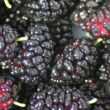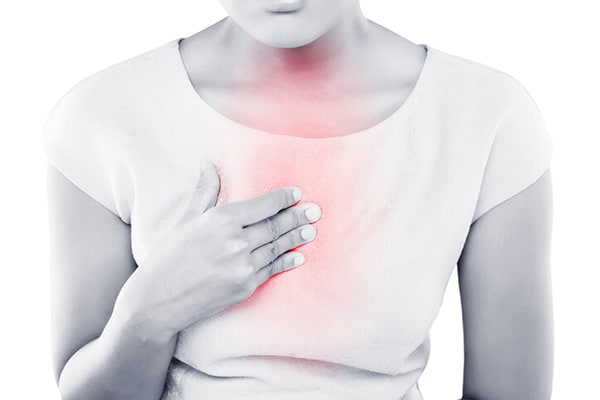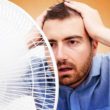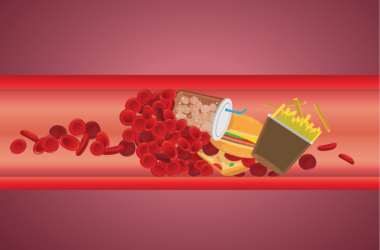Perhaps you have heard or read somewhere that gastroesophageal reflux disease or GERD is something that’s brought about by the failure of the lower esophageal sphincter or LES to close properly, thus allowing digestive acid as well as other stomach content to escape the stomach and climb up back into the esophagus.
Well, there’s a medical condition that is brought about by the failure of the LES to open, thus keeping food from entering the stomach. It’s called achalasia.
Causes
Just like what’s mentioned earlier, achalasia is the failure of the LES to permit food that you swallow to enter the stomach because it remains shut. Your LES, by the way, is a sphincter or ring of muscle found at the bottom of the esophagus or food pipe, right where it connects to the stomach.
So what causes the LES to remain closed? Well, doctors do not really know why.
Some experts believe that achalasia tends to run in families, which means that it’s a condition that can be passed by a parent to his or her offspring. Other health authorities think that the problem is autoimmune in nature — the individual’s immune system attacks the cells of the LES, causing it to degenerate and fail to work properly.
Achalasia can affect anyone at any age. However, it is more common in middle-aged individuals as well as older adults. People who are suffering from autoimmune disorders are at higher risk of it.
By the way, there are a handful of medical conditions that can cause achalasia-like symptoms. Some examples are Chagas’ disease and cancer of the esophagus.
Symptoms
An individual who is suffering from achalasia may feel like there’s food stuck in his or her throat. Sometimes swallowing is difficult or painful, which is something that doctors refer to as dysphagia. The problem with dysphagia is it can increase a person’s risk of chocking on food.
It’s not unlikely for achalasia to cause pain in the chest during and after a meal.
Because of the pain that is experienced while eating or after it, oftentimes the person who has achalasia stays away from food in order to spare him or herself of the trouble. This can lead to malnutrition or unintended weight loss.
By the way, it’s not just solid foods that can cause trouble in someone who is suffering from achalasia, but also drinks. Needless to say, going on a liquid diet is just as problematic as having regular foods.
Diagnosis
The good news is achalasia can be treated. Sometimes it can be dealt with via the intake of certain medications. If a conservative approach fails to yield results, surgery may be warranted.
Before getting achalasia treated, it’s important to have it diagnosed first. One way to determine its presence is by means of what’s referred to as esophageal manometry — a tube is inserted into the esophagus to measure the activity of the LES. Sometimes a doctor may order a barium swallow in which a special liquid is consumed by the patient, the movement of which along the esophagus is monitored using x-rays.
Medications like calcium channel blockers or nitrates may be prescribed as they help relax the LES.
If medications do not work as expected, the LES may be injected with botox. It’s also possible for the LES to be forced open with the help of a balloon. In some instances, surgical repair of the LES is done.













